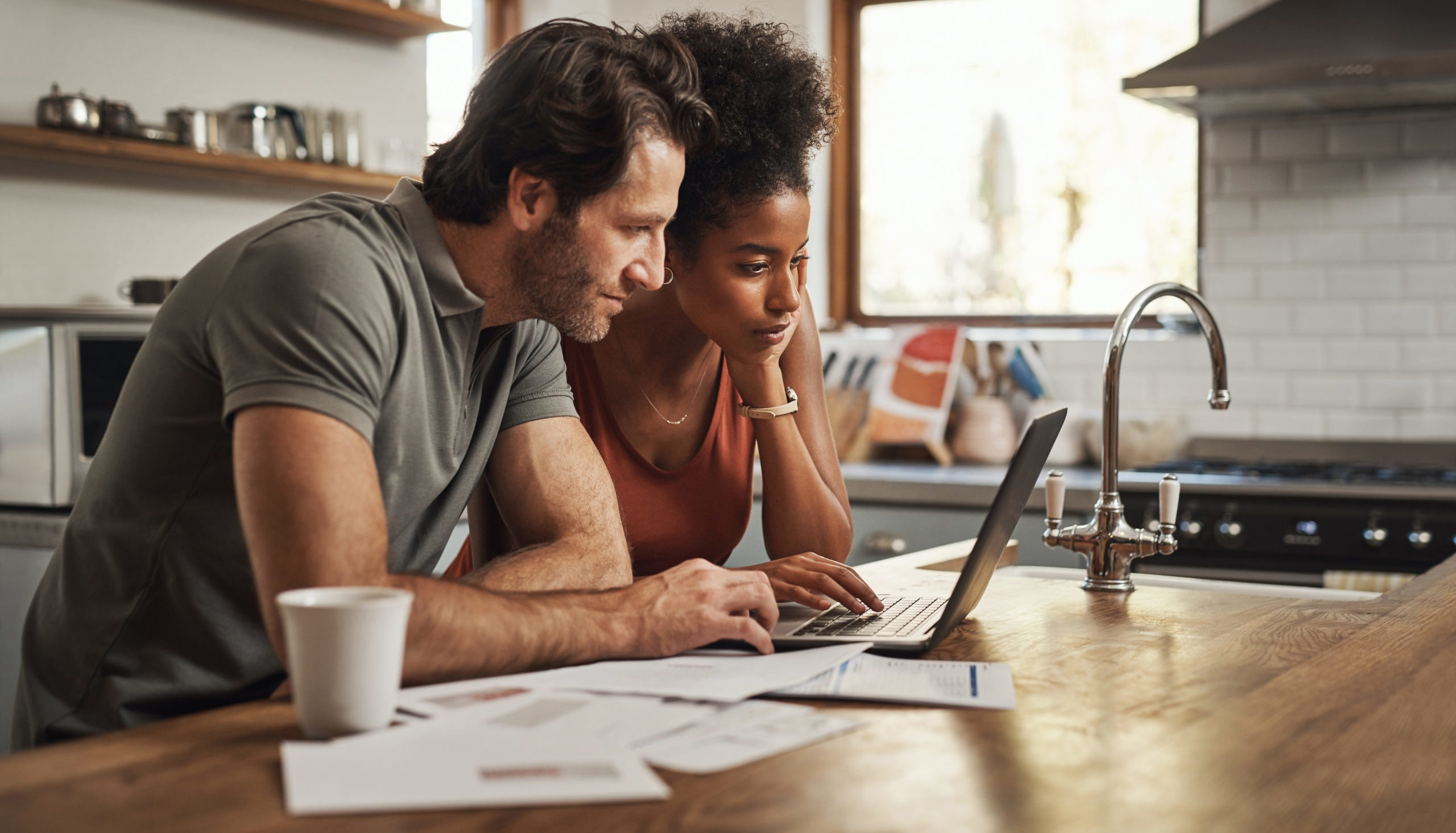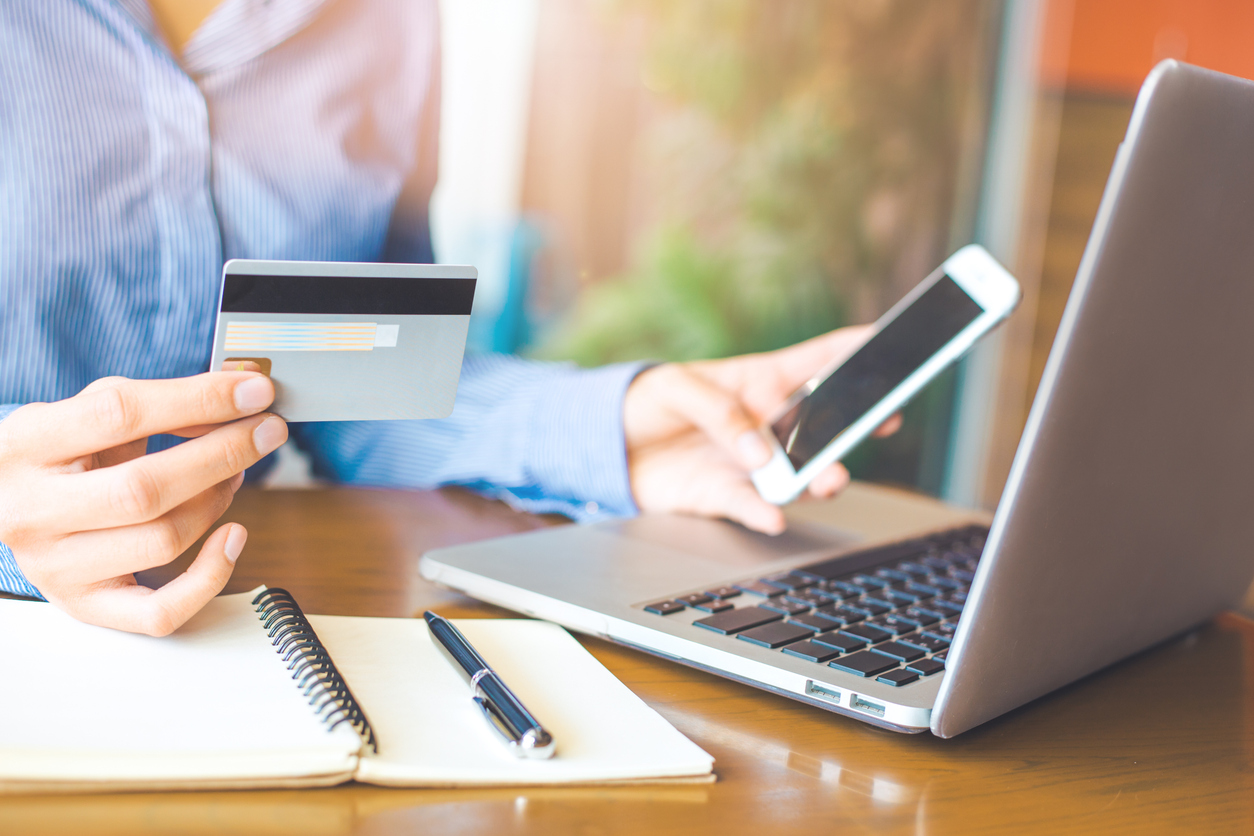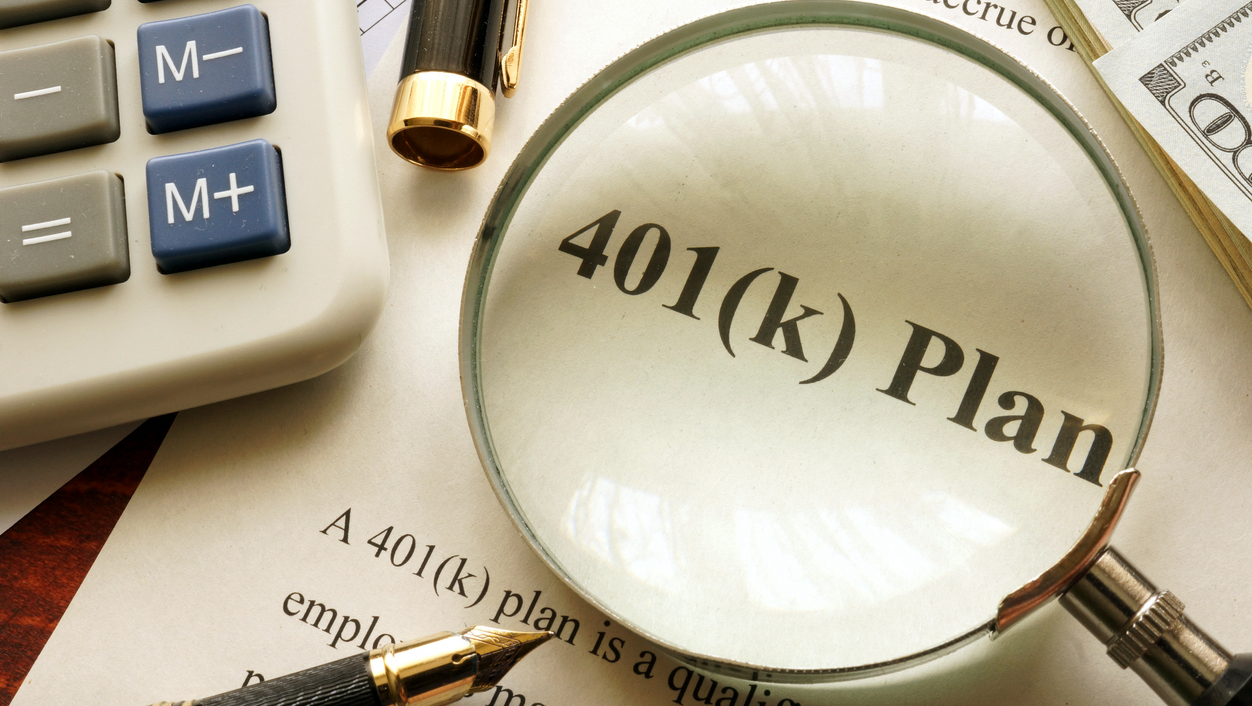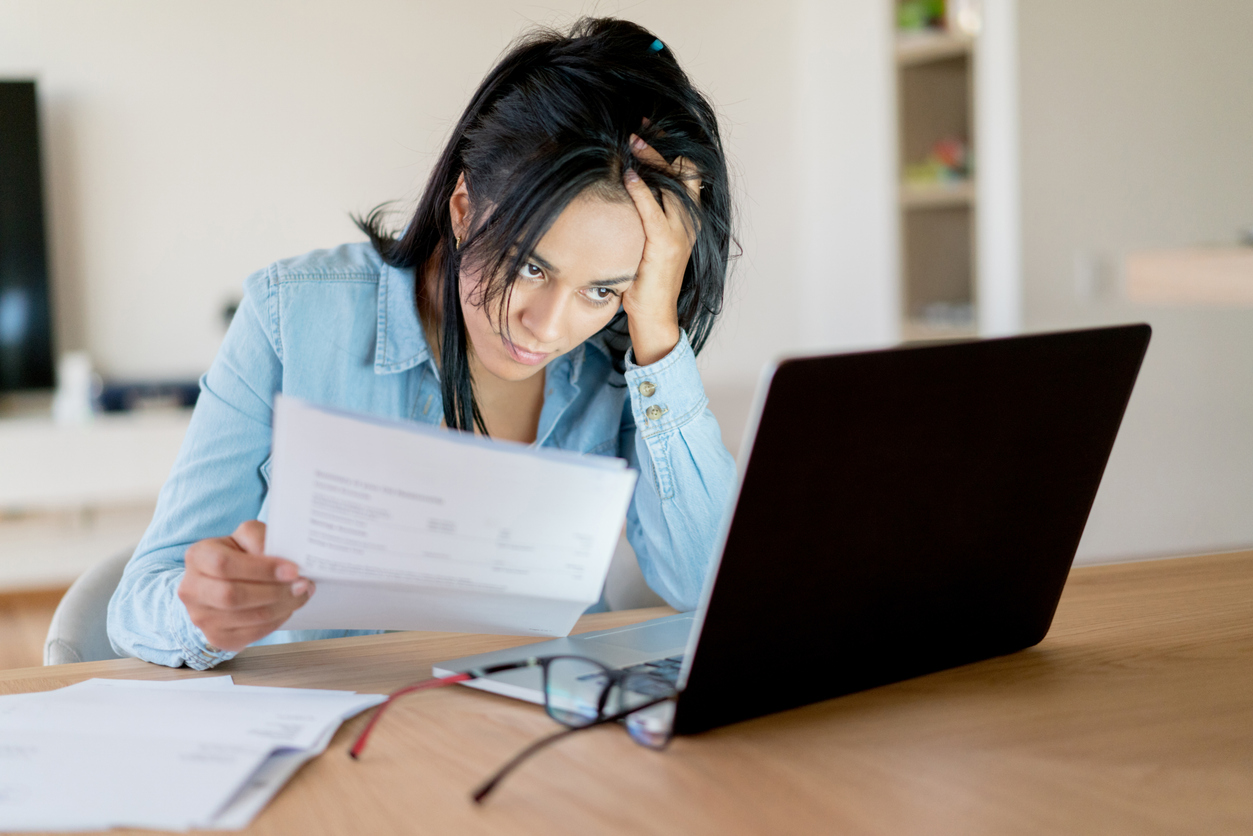
Key takeaways
-
The most common type of unsecured debt is credit card debt, the interest rate of which can vary from as low as a 0% introductory rate to as high as 30% or more.
-
Understanding the interest rate of each of your unsecured debts can help you decide which to pay off first.
-
Unsecured debt payoff strategies include debt consolidation, the snowball method and the avalanche method.
Managing your unsecured debt is a challenging responsibility for many consumers. Due to its high impact on your credit score and overall creditworthiness, it can be challenging to determine which debt to pay off first.
Many consumers hold unsecured debt in the form of credit cards, student loans, personal loans, business loans and medical bills. Determining which debt to pay off first depends on your financial goals and circumstances.
If you are carrying unsecured debt, below are some helpful tips to help you decide which debt to pay off first.
Unsecured vs. Secured Debt
During the pandemic, the total U.S. consumer debt balance grew by $800 billion. While credit card debt dropped, other types of unsecured debt that Americans hold include student loan debt, personal loan debt, medical debt, and sometimes, business debt.

What is secured debt?
Secured debt requires collateral – a tangible asset – in exchange for money. For example, if you have a home secured by a mortgage payment, or a car purchased with an auto loan, you have secured debt.
Although secured debts typically have lower interest rates than unsecured debts, there’s a catch: The lender can repossess the collateral (e.g., your house or car) for nonpayment.
When the collateral seized is worth less than the outstanding debt, the lender may sue for the remaining balance.
What is unsecured debt?
On the other hand, unsecured debt is provided by a lender based on your creditworthiness, and not secured by a tangible asset. Your creditworthiness is determined by factors including your income, credit score and debt-to-income ratio. Though no asset is required, the lender will charge an interest rate proportional to your creditworthiness.
You repay the loan in monthly installments with unsecured debt, including a percentage of the principal and interest. But if you pay only the loan’s monthly minimum payment, you will likely pay more in interest over time than if you paid larger installments of the principal.
Because no collateral, or asset, is necessary to obtain unsecured debt, the lender cannot repossess your property if you fail to repay the funds. However, the lender can still report your nonpayment to the credit bureaus, or seek a court judgment that forces you to pay the debt or hire a debt collector.
These actions would immediately and negatively affect your credit score, diminishing your ability to access future secured or unsecured debt.
Which Debt to Pay Off First: 4 Things Worth Considering
Unsecured loans carry interest and fees that can quickly add up.
Generally, when deciding which debts to pay off first, you may want to consider dividing your unsecured debts into installment loans and revolving credit. The former includes personal, business and student loans that lenders provide in a lump-sum payment, and which are then repaid in evenly divided monthly installments. The latter includes credit cards, which have no pre-determined repayment period. Instead, your monthly payment is a percentage of the total outstanding balance.
Whether you should pay off your installment loans or revolving credit first depends on factors including the loan terms, the interest rate and your spending habits. Be aware of the danger with credit cards, which can carry interest rates of up to 30% – or even more. The tendency to overspend and then make only small monthly payments means paying far more than the original cost of the item purchased with the credit card.
To determine which debt to pay off first, consider the strategies below.
1. The snowball method
This method is best for those who are motivated by eliminating entire debts, one by one.

Begin by setting all unsecured debt payments to the minimum amount. Use any discretionary income to make larger payments for your account with the lowest balance. Once that account is paid off, apply the amount you had paid to that card to your next lowest card. Continue until all debts are repaid.
2. The avalanche method
With the avalanche method, you begin with the debt bearing the highest interest rate instead of the lowest balance. While this will eliminate the most expensive debt first, it may take longer before you completely pay off your first credit card or loan.

3. Debt consolidation
If your credit score is strong enough, you could obtain a personal loan at a good interest rate, then use the proceeds to pay off your debts with higher interest rates. Then you would have just one payment – the personal loan payment – that should be at a better interest rate. Another method of consolidating and paying off debt for those who own their own homes could be by obtaining a home equity agreement (HEA).
The trick is to avoid the spending habits that created your unsecured debt problem in the first place. Consumers must remember that even though they may have paid off their balances on high-interest debt, they still have to repay the personal loan. Avoid racking up unsecured debt again by refraining from impulse buying or purchasing things you don’t need.
4. The balanced approach
If any of the above strategies seem daunting or strict, create a plan tailored to your unique financial circumstances. For example, if you have a credit card that’s fallen into collections or a personal loan on which you owe back payments, it would be worthwhile to focus on those debts.
You could still apply one of the above methods to your other debts.
Unlock Technologies Is Here to Help
When determining which of your unsecured debts to pay off first, consider the interest fees, your spending habits, the loan’s terms and what is most motivating to you. Whichever method you choose to repay your debts, the point is to select a strategy that you can commit to.
If you own your own home and have established equity, a home equity agreement (HEA) may be an effective way to pay off unsecured debt.
In a HEA, a homeowners sells a portion of the equity in their home to the HEA provider in exchange for cash now. Because HEAs are not loans, homeowners are not taking on more debt. There are no monthly payments, interest rates or high credit score requirements. The income requirements are also more flexible than with debt-based products. With the proceeds of a HEA, homeowners can more pay off high-interest debt and move forward to build a solid financial future.
For more information, visit Unlock Technologies and get started today.
The blog articles published by Unlock Technologies are available for general informational purposes only. They are not legal or financial advice, and should not be used as a substitute for legal or financial advice from a licensed attorney, tax, or financial professional. Unlock does not endorse and is not responsible for any content, links, privacy policy, or security policy of any linked third-party websites.”


